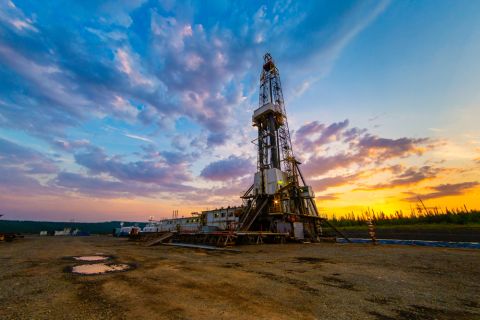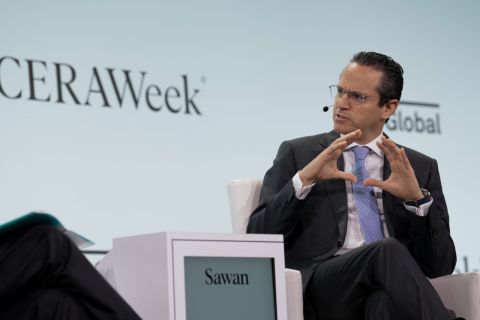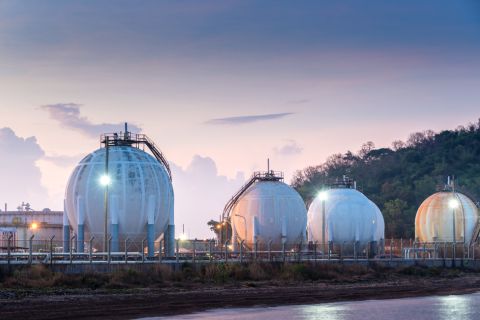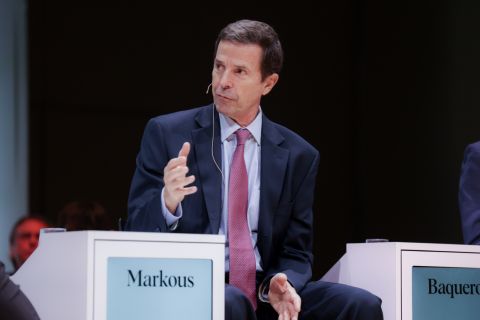DALLAS—During the shale revolution, analysts and investors used to reward E&Ps for growing production at all costs. Experts say those days are over, probably forever.
Today, the investment community is much more keen on E&Ps shoring up their balance sheets, paying off debt and returning as much cash to shareholders as possible, White & Case Partner A.J. Ericksen said at Hart Energy’s Energy Capital Conference 2023 in Dallas.
Compared to the early days of the fracking boom, E&Ps aren’t in a huge rush to pump money into their undeveloped shale inventory. Most producers are operating in maintenance mode, where they’re maintaining—or slightly boosting—oil and gas output, and generating piles of free cash flow in the process.
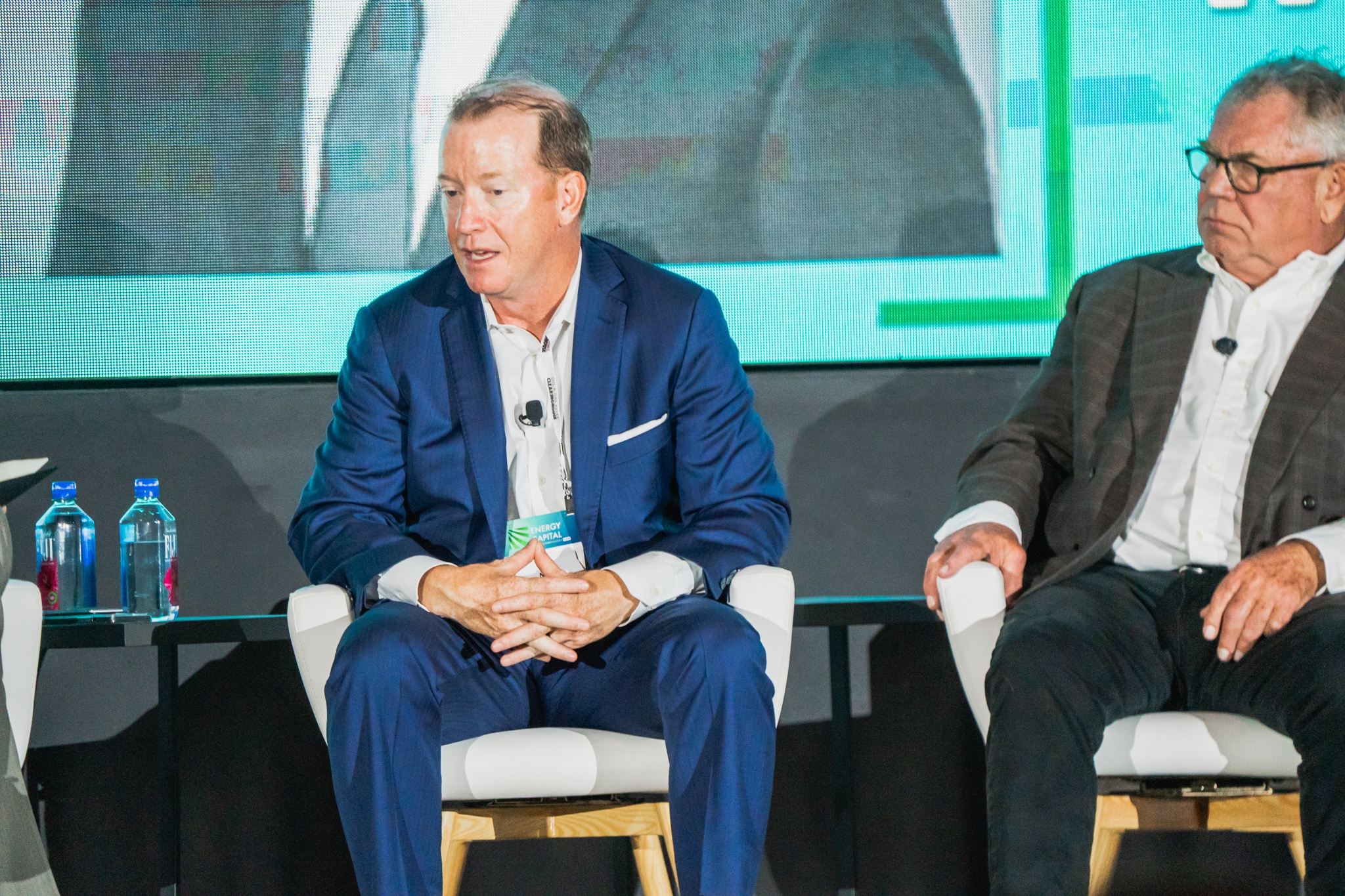
But even just maintaining current production levels, not massively growing output, requires a significant amount of capital investment by shale E&Ps.
“If you’re a pure shale company, and you have a baseline decline approaching, in some cases at least 40%—just to stay stable is more challenging than sort of meets the eye,” said Neal Dingmann, managing director of energy research at Truist Securities.
E&Ps are deploying cash to keep production relatively flat, but they’re also pumping huge amounts of cash into buying back shares, paying out dividends—and reducing debt. “The average leverage for my companies is the best it’s been, certainly in over a decade,” Dingmann said.
Some investors question how long the gravy train can last. In many cases, oil and gas companies are raking in more free cash flow than ever, but they’re drilling through their top-quality acreage as costs to drill new wells rise.
“For shale, the biggest issue today is depth of inventory and quality of inventory,” said James Wicklund, managing director of client relations and business development for PPHB. “And if you’ve got a lot of depth and great quality, then maintaining that production is one hell of a lot easier.”
RELATED
Middle Innings: Shale E&Ps’ Slow Struggle to Woo Back Investors
M&A inventory scramble
Big E&Ps, such as supermajors Exxon Mobil and Chevron and the Permian Basin’s giant independent Pioneer Natural Resources, have long runways of undeveloped drilling inventory.
When they’re not deploying cash toward shareholder returns, small- and mid-sized E&Ps with shorter runways are making big acquisitions to shore up more undeveloped inventory—especially in the Permian, America’s top-producing oil basin.
Permian Resources, Vital Energy, Ovintiv Inc. and other E&Ps have pumped billions of dollars into Permian M&A in recent months.
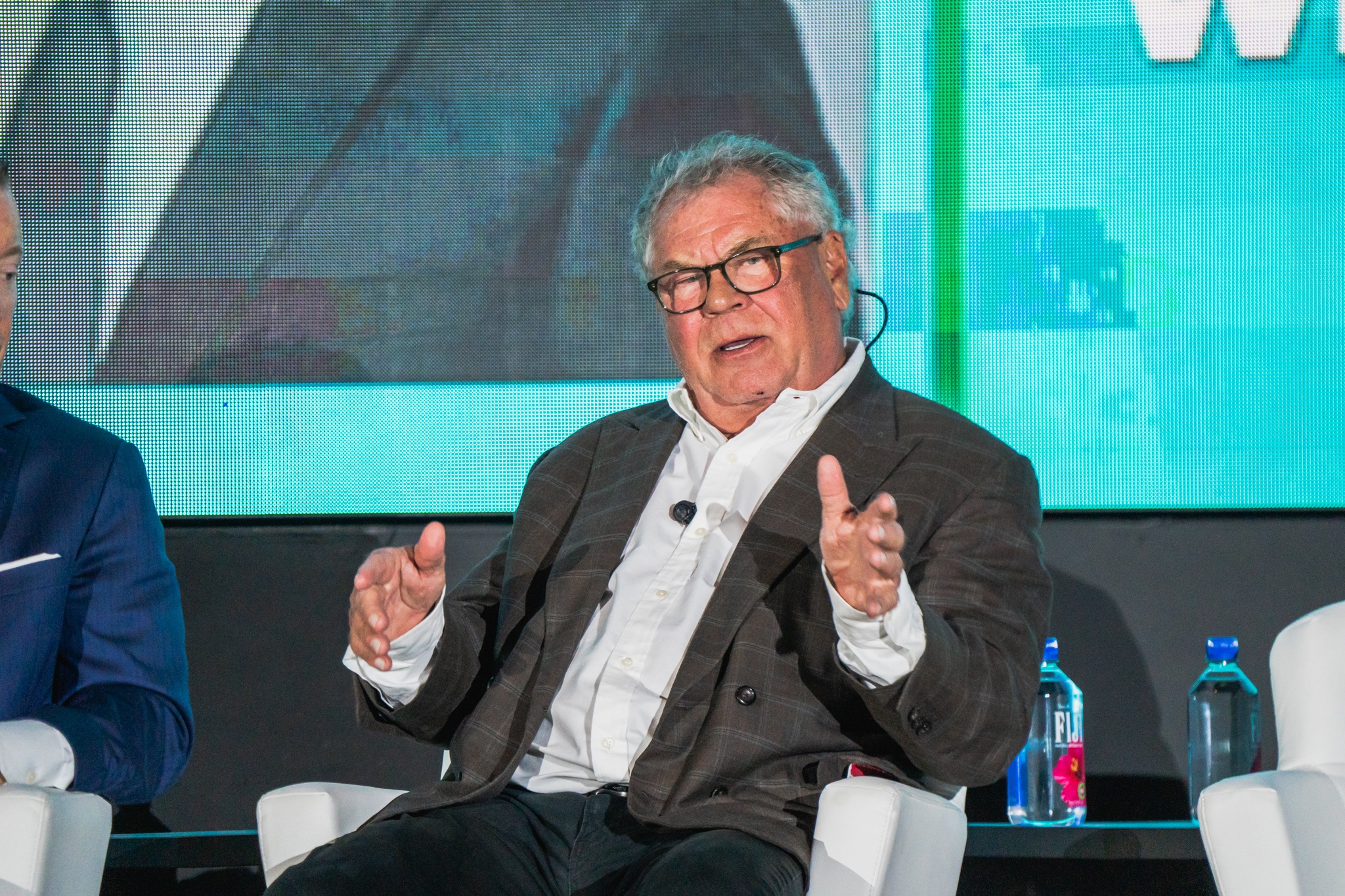
“A lot of the M&A you’re seeing is actually to lengthen or strengthen depth of inventory,” Wicklund said.
Dingmann said that some of the operators he covers have had to pivot out of their best inventory to start drilling into less economic areas.
“Organic activity is going to be very difficult because you have a huge baseline decline, you have limited inventory,” Dingmann said. “You just have a lot of these things that are stacking up against these companies.”
RELATED
‘Free Cash Flow Utopias’ Offset E&Ps Hurdles to Accessing Capital
Recommended Reading
Tinker Associates CEO on Why US Won’t Lead on Oil, Gas
2024-02-13 - The U.S. will not lead crude oil and natural gas production as the shale curve flattens, Tinker Energy Associates CEO Scott Tinker told Hart Energy on the sidelines of NAPE in Houston.
API Gulf Coast Head Touts Global Emissions Benefits of US LNG
2024-04-01 - The U.S. and Louisiana have the ability to change global emissions through the export of LNG, although new applications have been frozen by the Biden administration.
CERAWeek: LNG to Play Critical Role in Shell's Future, CEO Says
2024-03-19 - Sawan said LNG will continue to play a critical role adding that LNG currently makes up around 13% of gas sales but was expected to grow to around 20% in the coming 15 to 20 years.
US Expected to Supply 30% of LNG Demand by 2030
2024-02-23 - Shell expects the U.S. to meet around 30% of total global LNG demand by 2030, although reliance on four key basins could create midstream constraints, the energy giant revealed in its “Shell LNG Outlook 2024.”
CERAWeek: Tecpetrol CEO Touts Argentina Conventional, Unconventional Potential
2024-03-28 - Tecpetrol CEO Ricardo Markous touted Argentina’s conventional and unconventional potential saying the country’s oil production would nearly double by 2030 while LNG exports would likely evolve over three phases.

